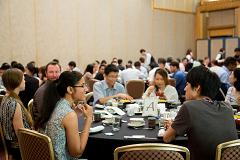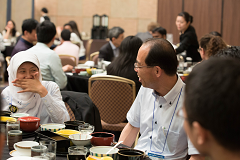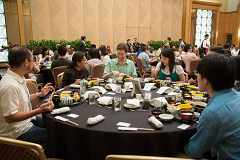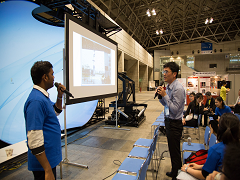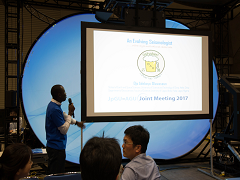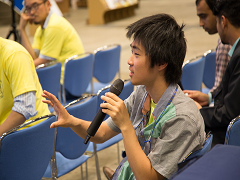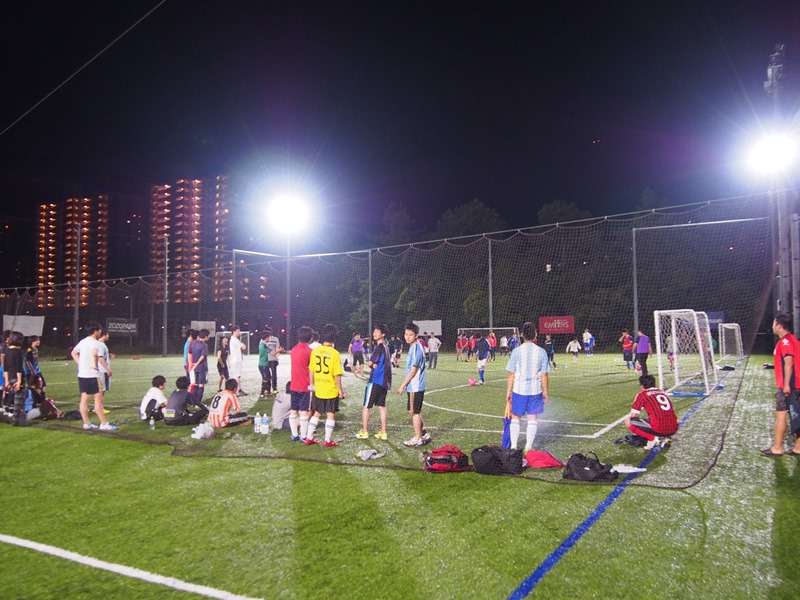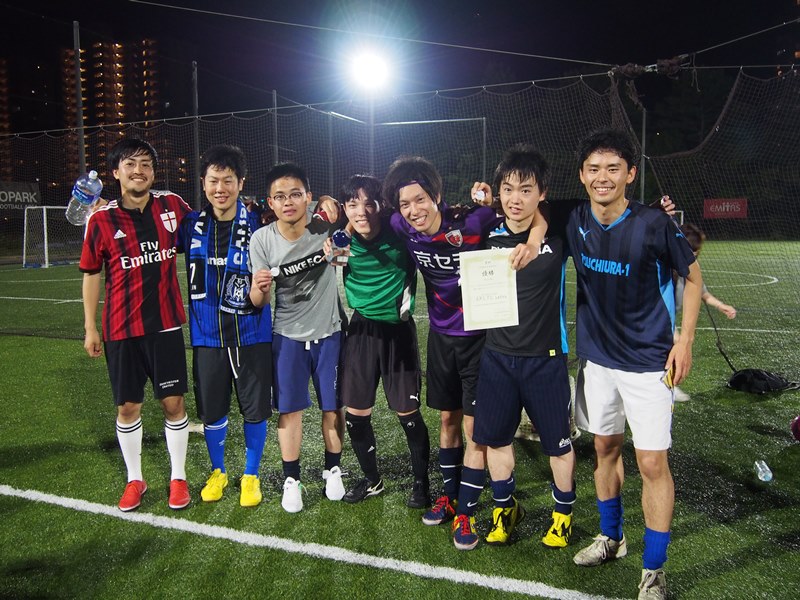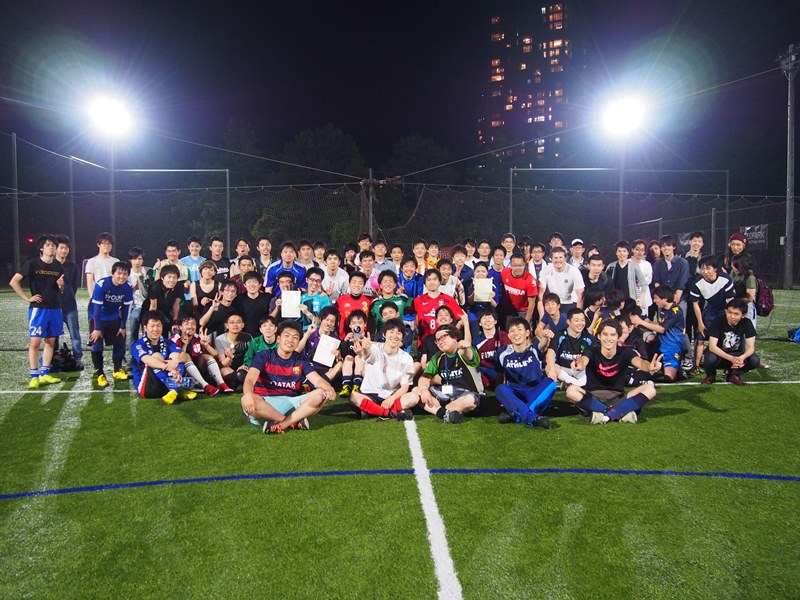Events
Event Calendar
| Time | Place | Event | For | How to participate |
| May 19 (SAT) | ||||
| 16:00-18:30 | Exhibition Hall 7 | NASA-JAXA Hyperwall | Junior High & High School Teachers | Pre-registration required |
| May 20 (SUN) | ||||
| 11:00-15:00 | Exhibition Hall 7 | NASA-JAXA Hyperwall | Junior High School Students | Pre-registration required |
| Lunchtime | 103 | Lunchtime Special Lecture | All attendees | No registration required |
| 15:10-18:30 | Exhibition Hall 7 | NASA-JAXA Hyperwall | High School Students | Pre-registration required |
| 19:00-22:00 | ZOZO PARK | GEOFUT 18 | All attendees | Ticketed Event |
| May 21 (MON) | ||||
| 12:30-13:30 | Exhibition Hall 7 | NASA-JAXA Hyperwall |
All attendees (for reserchers) |
No registration required |
| Lunchtime | 103 | Lunchtime Special Lecture | All attendees | No registration required |
| Lunchtime | A06 | International Mixer Luncheon | Students and Early Career Scientists | Pre-registration required |
| 17:10-18:30 | Exhibition Hall 7 | NASA-JAXA Hyperwall |
All attendees (for researchers) |
No registration required |
| 17:15-17:45 | Mini Stage | 'Oshaberi' Bar - Pop-Up Talks- | All attendees | Entry Required |
| May 22 (TUE) | ||||
| 12:30-13:30 | Exhibition Hall 7 | NASA-JAXA Hyperwall |
All attendees (for researchers) |
No registration required |
| Lunchtime | 103 | Lunchtime Special Lecture | All attendees | No registration required |
| 17:10-18:30 | Exhibition Hall 7 | NASA-JAXA Hyperwall |
All attendees (for researchers) |
No registration required |
| 18:30-19:00 | A06 | Award Ceremony | All attendees | No registration required |
| 19:00-21:00 | A05-A07 | Party | All attendees | Ticketed Event |
| May 23 (WED) | ||||
| 12:30-13:30 | Exhibition Hall 7 | NASA-JAXA Hyperwall |
All attendees (for researchers) |
No registration required |
| Lunchtime | 103 | Lunchtime Special Lecture | All attendees | No registration required |
| 17:15-17:45 | Mini Stage | 'Oshaberi' Bar - Pop-Up Talks- | All attendees | Entry Required |
| May 24 (THU) | ||||
| Lunchtime | 103 | Lunchtime Special Lecture | All attendees | No registration required |
| May 25 (FRI) | ||||
| One Day Event | Field Trip: "Special Tour to SHIRASE and PERC " | All attendees | Ticketed Event | |
| One Day Event | Field Trip: "Filed trip for 'Chibanian'” | All attendees | Ticketed Event | |
Lunchtime Special Lecture
We are honored to welcome the world class researchers to deliver lectures about the latest Hot Topics during lunchtime!This year's lectures are the recipients of the 2nd Nishida Prize.
Learn more about Nishida Prize ▶
| DAY 1 : May 20 (SUN) |
| Lecturer | Yoshinori Takano (JAMSTEC) |
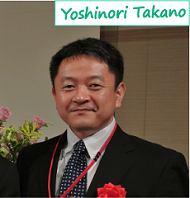
|
| Title | On the dawn of “Life”:probing from chemistry | |
| Description | “Chemistry” is a fruitful scientific discipline having wide spectra, including the approach to geochemistry and astrochemistry. Cutting-edge analytical chemistry will also provide unseen point of view in Earth and Planetary Sciences. Here, I’d like to discuss on the dawn of life and those perspectives by probing from chemistry. |
| Lecturer |
Makiko Nagasawa (Department of Physics, School of Medicine, Kurume University) |
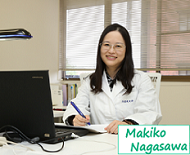
|
| Title | Resonant planets | |
| Description | Planets revolve due to gravity of its host star. Planets evolve due to the gravitation between the planets. The long term piling up of small gravitation between planets makes a big difference in planetary orbit and causes a great diversity of planetary systems. Let's see how the gravitational interaction affects the orbits of extrasolar planets. |
| DAY 2 : May 21 (MON) |
| Lecturer |
Michiyo Yamamoto-Kawai (Tokyo University of Marine Science and Technology) |
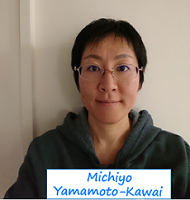
|
| Title | Ocean Acidification in the Arctic Ocean | |
| Description | The ocean absorbs a large amount of CO2 we release into the atmosphere every year. This is changing the chemistry of seawater and increasing acidity of seawater, a process called “ocean acidification”. The Arctic Ocean is known as one of the most vulnerable region to ocean acidification. In this lecture, based on observations in the last 20 years, features and the state of Arctic Ocean acidification is summarized. |
| Lecturer |
Shingo Watanabe (Japan Agency for Marine-Earth Science and Technology) |
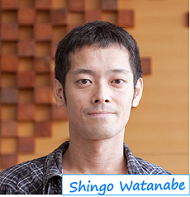
|
| Title | Climate model and my interest: from the atmospheric wave motion to the earth in the mirror | |
| Description | I have two or three activities that are supposing to be lifeworks in my researcher life. One is elucidating the nature and role of earth’s atmospheric waves and turbulence by developing hi-top and high-resolution global climate models. The second is establishing an Earth system model truly necessary for the development of Earth system science by coupling and integrating various systems of the earth. Another thing is something that does not form an image right now. Please join my disordered immature talk rather than a sophisticated lecture. |
| DAY 3 : May 22 (TUE) |
| Lecturer |
Naoki Uchida (RCPEVE, Graduate School of Science, Tohoku University) |
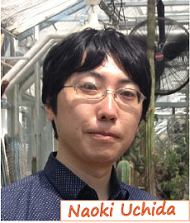
|
| Title | The studies of interplate earthquakes and slow slip by using small repeating earthquakes | |
| Description | Small repeating earthquakes are repeated rupture of a small fault patch that is loaded by interplate creep in the surrounding area. Taking advantage of the characteristics of the repeating earthquakes, they are used in many recent seismological studies. In this talk, I introduce the studies on the process of interplate earthquakes and slow slip by utilizing the characteristics of repeating earthquakes. |
| Lecturer |
Yusuke Ebihara (Research Institute for Sustainable Humanosphere, Kyoto University) |
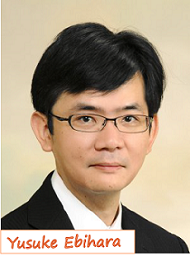
|
| Title | Understanding of substorm and magnetic storm by means of large-scale computer simulation | |
| Description | The magnetosphere is the region where Earth’s magnetic field dominates. Substorm and magnetic storm provide an important clue to the understanding of the dynamics of the magnetosphere. By using large-scale computer simulation, substorm and magnetic storm are found to develop in a complicated manner, incorporating with various elements. This talk is intended to present the dynamics of the magnetosphere revealed by the simulation under the policy "deal with complex situations as a complex system.” |
| DAY 4 : May 23 (WED) |
| Lecturer | Masahiro Ikoma (The University of Tokyo) |
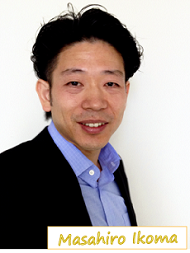
|
| Title | Diversity of gas-rich planets in the solar system and beyond | |
| Description | In the Solar System there are four gas-rich planets, Jupiter, Saturn, Uranus, and Neptune. Also, a great number of gas-rich planets have been identified beyond the Solar System. In this lecture I will overview our current understanding of the diversity and possible origins of such planets. |
| Lecturer |
Hiroshi Tanimoto (National Institute for Environmental Studies, Center for Global Environmental Research, Global Atmospheric Chemistry Section) |
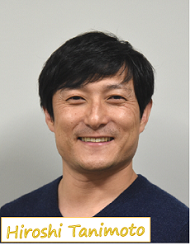
|
| Title | Exploring biogeochemical linkage between the atmosphere and the ocean | |
| Description | Many volatile organics dissolved in the surface ocean originated from the marine ecosystem, and once emitted into the overlying atmosphere, they have great impacts on the atmospheric chemistry and the Earth’s climate, playing an important role in the global environmental change. New technological developments provided new insights for better understanding of biochemical mechanisms as well as distributions and air-sea fluxes of these organics. |
| DAY 5 : May 24 (THU) |
| Lecturer |
Taku Tsuchiya (Geodynamics Research Center, Ehime University) |
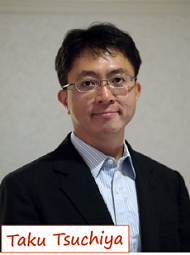
|
| Title | Deep Earth Sciences from Ab Initio Simulation | |
| Description | Recent progress in theoretical mineral physics has been dramatic. It is now possible to predict various physical and chemical properties of deep Earth materials quantitatively in ultrahigh-pressure and temperature condition. I will discuss new views on the deep Earth composition and dynamics inferred from research outcomes on the thermoelastic and thermochemical properties of lower mantle and core materials. |
| Lecturer |
Yuzo Miyazaki (Institute of Low Temperature Science, Hokkaido University) |
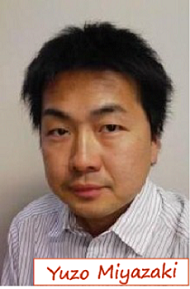
|
| Title | Atmosphere–Biosphere interactions via atmospheric organic aerosols | |
| Description | It is crucial to quantitatively understand the origin of biogenic organic aerosol in the atmosphere, because organics in atmospheric aerosol particles are closely linked to climate impact of aerosol as well as biogeochemical cycle of bioelements, such as nitrogen and carbon. Origin of natural organic aerosols, mechanisms of their climate effect, and possible feedback on natural ecosystem will be discussed. |
International Mixer Luncheon 2018
We welcome each and every one of our student members and early career scientist to the International Mixer Luncheon 2018!This mixer luncheon will provide you an opportunity to get to know, interact and share your thoughts/researches with other student members and early career researchers along with a free lunch.
| Date and Time |
May 21 (MON) 12:30-13:30 |
| Place | A06, Tokyo Bay Makuhari Hall |
| Sign-Up Deadline | May 8 at 11:59pm JST | Sign-Up | From International Mixer Luncheon Application Form |
JpGU Party 2018
Party registration is now available!!The JpGU Party 2018 will take place on Tuesday, 22 May at Room A05-07, Tokyo Bay Makuhari Hall.
Join us to meet people, share your interest and enjoy the meeting at the most.
| Date and Time |
May 22 (TUE) 7:00 pm - |
| Place | A05-A07, Tokyo Bay Makuhari Hall |
| Fee |
Online Registration Fee (by May 19 at 5:00pm JST) ・ Regular: 4320 JPY ・ Student: 1980 JPY New for 2018 *Please note that early bird discount is only applicable to online registrations. On-site Registration Fee (May 20 at 8:00am- 22 ) ・5000 JPY ・2500 JPY |
Sign-Up |
Online Registration Available from your Members Page Log-in -> JpGU Meeting -> Party Registration Deadline: May 19 at 5:00pm JST On-site Registration ・Help Desk: May 20 at 8:00am - May 22 at 3:00pm ・Front of A05: May 22 at 6:00pm |
Field Trip
|
UMI Course: Special Tour to SHIRASE and PERC This is a special tour to the scientific wealth in Funabashi and Narashino are, boarding a retired Antarctic research vessel "Japanese icebreaker SHIRASE" and visiting Planetary Exploration Research Center, Chiba Institute of Technology. |
|
| Date | May 25 (FRI) |
| Up to | 30 people |
| Fee | 3,500 yen(tax included) *Lunch provided |
| Apply | UMI Course Apply Form |
| Deadline | May 8 (TUE) 5:00pm JST |
| Supported by |
City of Chiba, Chiba Convention Bureau |
|
Route Meet at Makuhari Messe => Explore SHIRASE *Guided in English => Lunch (Genghis Khan: Japanese Style Mongolian Mutton Barbecue)at Chiba Sapporo Beer Garden => Explore Planetary Exploration Research Center, Chiba Institute of Technology => break up there (5 min walk to JR Tsudanuma Station) (Image) 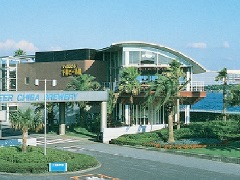
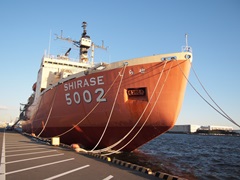
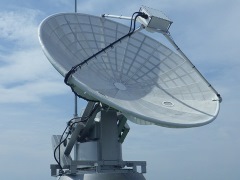
|
|
|
YAMA Course: Filed trip for “Chibanian”: The first Japanese GSSP candidate “Chiba Section” and its adjacent sequences. |
|
| Date | May 25 (FRI) |
| Up to | 30 people |
| Fee | 4,500 yen (tax included) * Lunch box provided |
| Apply | YAMA Course Apply Form |
| Deadline | May 8 (TUE) 5:00pm JST |
| Supported by |
City of Chiba, Chiba Convention Bureau |
|
Route Meet at Makuhari Messe => Walk to Chibanian from Tabuchi Civic Hall => Explore Yoro River and lunch => Bus to Tokyo Station (Image) 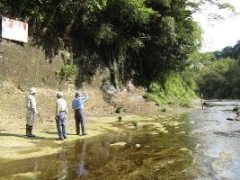
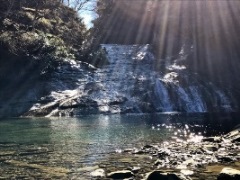
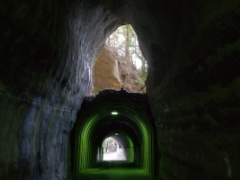
|
|
'Oshaberi' Bar -Pop-Up Talks-
Pop-up talks is an exciting free talk presentation by students and early career scientists under 35 years old.Each talk will last 5 minutes and the presentation topic can be anything related to science
(e.g. Research, lifestyle, career etc.)
Presenters will also be given an original designed T-shirt!
| Date and Time |
May 21 (MON) 5:15pm-5:45pm May 23 (WED) 5:15pm-5:45pm |
| Place | Mini Stage, International Exhibiton Hall 7 |
| Sign-Up | Please see the application details at 'Oshaberi' Bar Webpage. |
GEOFUT 18
JpGU Futsal Event "GEOFUT 18"A futsal excursion “GEOFUT 18” will be held after the scientific sessions on Sunday, 20 May.
Anyone, regardless of age and nationality as well as futsal skills, is welcome to join the game.
Submit an application to sign up now!
| Date and Time | May 20 (SUN) from 19:00 to 22:00 |
| Venue |
ZOZOPARK HONDA FOOTBALL AREA *15 minutes walk from Makuhari Messe. Website http://honda-sports-land.com/zozopark (Available in Japanese) |
| Details |
Schedule 18:30-19:00 Leave for the futsal ground 19:00-19:10 Opening ceremony 19:10-21:40 Tournament starts 21:40-21:50 Closing ceremony/ Winning team announcement 21:50-22:20 Change clothes/ Finish |
| Rule |
Basically based on futsal rules. Women and men age over 40 get 2 points/ goal. Rules |
| Participation Fee |
Team-groups 12,000 JPY/team *500 yen/ person for insurance will be added if the number of the team member exceeds 10 people. Individuals 2,000JPY/person (Insurance included) |
| Sign-Up (First-come-first-served basis) |
For Team/ Group Participation → Team Application Form (Deadline: March 30 at 5:00 pm JST.) *Up to 9 teams entry available. Individual Participation → Individual Application Form (Deadline: March 30 at 5:00pm JST) *Up to 30 individuals entry available. Other team members will be informed by email later. |
| Contact |
If you have any questions, please feel free to contact us. GEOFUT 18 Office: futsal@jpgu.org |
| Basic Equipments |
Sports wear, Sports shoes, Shin guards *Please bring your own wear and shoes suitable for sports. Shoes with studs are NOT allowed in the futsal ground. *Please do not use equipments or wear anything that may hurt yourself or another players (including any kind of jewelry). |
| Important Notes |
-GEOFUT 18 may be canceled in case of heavy rain. Cancellation of the event will be announced by emails to the team leader or each individuals. -Please use the locker or keep your eyes on your valuables. We do not take any responsibility or liability for any damage or loss during this event. |

